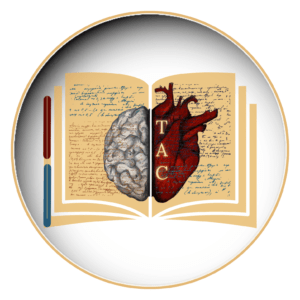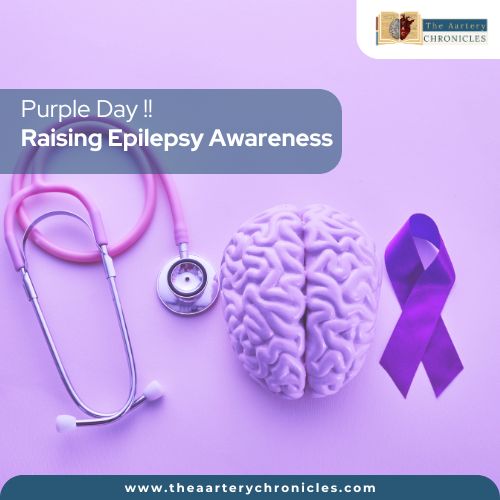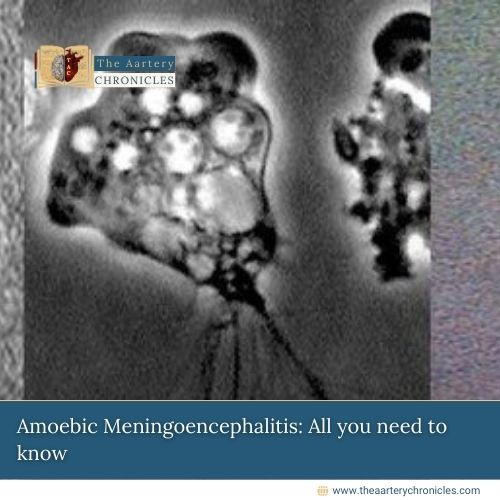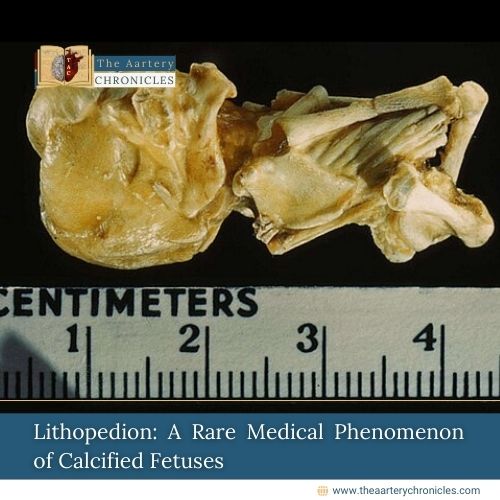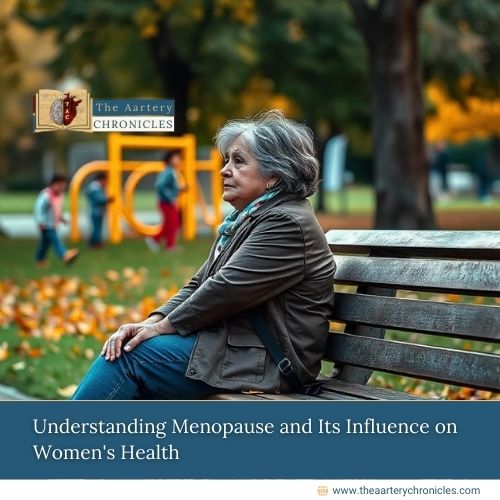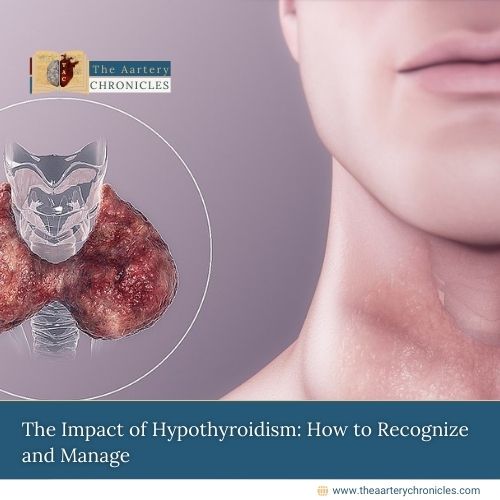

Acute Pancreatitis: How It Happens and How It’s Treated
Introduction
Recently, popular Italian actress and comedian Luciana Littizzetto was hospitalized in Turin after experiencing severe abdominal pain. During a live connection with Che tempo che fa, Littizzetto shared that she initially believed she had caught the flu. However, after her symptoms worsened, she sought emergency care and was diagnosed with acute pancreatitis. Fortunately, her condition is improving, with her blood test values gradually returning to normal.
What Is Acute Pancreatitis?
Acute pancreatitis is a sudden inflammation of the pancreas, the gland responsible for producing digestive enzymes and regulating blood sugar levels through insulin. The inflammation can cause the enzymes to activate too early, damaging the pancreatic tissue itself.
The pancreas plays a vital role in both digestion and metabolism. It releases digestive enzymes into the small intestine to help break down food and secretes insulin and glucagon into the bloodstream to regulate blood sugar. When the pancreas becomes inflamed, these essential functions are disrupted, potentially leading to systemic complications if not promptly managed.
Some symptoms include:
Intense abdominal pain, typically in the upper abdomen and sometimes radiating to the back
Nausea and vomiting
Fever
Bloating and tenderness in the abdomen
What Causes Acute Pancreatitis?
The two leading causes of acute pancreatitis are:
Gallstones: These small stones can block the bile duct, trapping digestive enzymes inside the pancreas and triggering inflammation. Gallstone-related pancreatitis is particularly common in women.
Alcohol abuse: Excessive alcohol consumption can directly damage pancreatic cells and trigger inflammation.
Other contributing factors include:
High blood triglyceride levels (hypertriglyceridemia)
Genetic predispositions or inherited conditions
Autoimmune diseases affecting the pancreas
Certain medications (e.g., some antibiotics, diuretics, and chemotherapeutic agents)
Anatomical abnormalities of the pancreatic ducts
Benign or malignant tumors
Exposure to toxins or infections
How Is It Diagnosed?
Diagnosis is based on at least two of the following three criteria:
Characteristic abdominal pain
Elevated blood levels of amylase and lipase (at least three times higher than normal)
Imaging findings (such as ultrasound or CT scans) showing inflammation of the pancreas
Additional tests may be conducted to identify the underlying cause, assess the severity of the disease, and rule out complications.
The severity of acute pancreatitis is further divided into three categories:
Mild: No organ failure or complications. Most cases fall into this category.
Moderately severe: Transient organ failure (resolves within 48 hours) or local complications like fluid collections.
Severe: Persistent organ failure involving one or more organs, often requiring intensive care.
How Is It Treated?
In about 90% of cases, acute pancreatitis resolves spontaneously with supportive care within 7-15 days. Treatment typically includes:
Intravenous fluids: To maintain hydration and support organ function
Pain relief: Using analgesics to control severe pain
Nutritional support: Mild cases may resume oral feeding early; severe cases might need tube feeding or parenteral nutrition
Antibiotics: Only if there is an infection
Oxygen or ventilation support: In severe cases involving respiratory failure
Minimally invasive interventions: Such as endoscopic drainage for fluid collections, avoiding surgery whenever possible
Surgical intervention is reserved for life-threatening complications, such as infected pancreatic necrosis.
Recovery and Long-Term Outlook
Most patients recover fully within a few weeks. However, it is crucial to identify and address the underlying cause to prevent recurrence. In cases related to gallstones, for example, surgical removal of the gallbladder (cholecystectomy) is often recommended after recovery.
Long-term lifestyle changes are strongly recommended after an episode of acute pancreatitis. These include:
Abstaining from alcohol completely
Following a low-fat, high-fiber diet
Staying physically active to maintain a healthy weight
Managing underlying conditions such as hyperlipidemia or diabetes
Attending regular follow-up visits to monitor pancreatic health
For individuals who suffered from alcohol-related pancreatitis, counseling and addiction treatment programs may also be beneficial.
